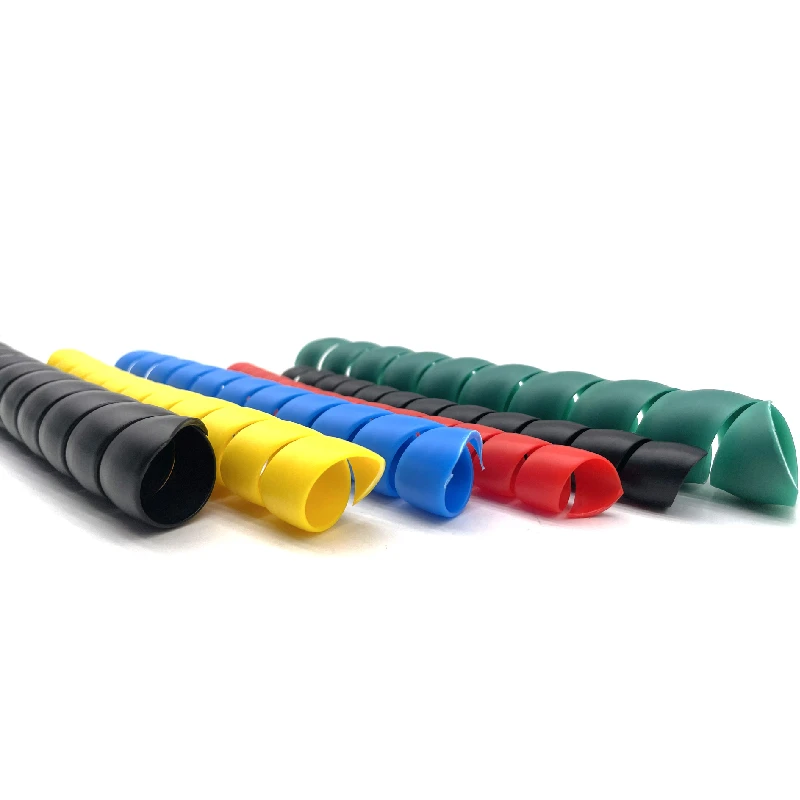Understanding Pipe Couplings and Their Applications in Various Industries
Understanding Pipe Coupling An Essential Component in Modern Plumbing and Construction
In the world of plumbing and construction, efficient fluid transfer is crucial. One of the pivotal components that facilitate this is the pipe coupling. Pipe couplings are fittings used to connect two pieces of pipe, allowing for seamless flow and integrity in various systems. This article aims to delve into the significance, types, and applications of pipe couplings, highlighting their role in enhancing the efficiency of plumbing and industrial systems.
What is a Pipe Coupling?
A pipe coupling is essentially a mechanical device that joins two pipes together. This connection can be permanent or temporary, depending on the requirements of the plumbing or construction project. Couplings can accommodate various pipe diameters, materials, and specifications, making them versatile components in construction and plumbing applications.
Types of Pipe Couplings
Pipe couplings can be categorized into several types based on design, material, and application
. Below are the most common types1. Rigid Couplings These are used to create a fixed connection between two pipes. They are designed to offer maximum strength and stability for permanent installations, often used in heavy-duty applications.
2. Flexible Couplings Unlike rigid couplings, flexible couplings are designed to allow some degree of movement or flex. This feature is particularly useful in systems where the pipes may expand or contract due to temperature changes.
3. Sleeve Couplings Also known as slip couplings, these are cylindrical devices that fit over the ends of two pipes. They provide a simple means of connecting pipes of the same diameter and are easy to install.
4. Reducing Couplings These are used when connecting pipes of different diameters. They reduce the size of the pipe connection while maintaining the flow of fluid.
5. Compression Couplings Often used in drain, waste, and vent (DWV) applications, these couplings create a tight seal by compressing rubber gaskets against the pipes, ensuring a leak-free joint.
6. Quick Connect Couplings Designed for quick and easy assembly, these couplings are popular in industries where speed and efficiency are paramount. They allow for rapid disconnection and reconnection of pipes without the need for tools.
Materials Used in Pipe Couplings
pipe coupling

Pipe couplings can be made from various materials, each offering different benefits. Common materials include
- Metal Steel, stainless steel, and brass are often used for couplings in high-pressure applications due to their strength and durability.
- Plastic PVC, CPVC, and PEX couplings are widely used in residential plumbing. They are lightweight, corrosion-resistant, and easy to handle.
- Rubber Rubber couplings are flexible and can accommodate vibrations and movements within a plumbing system, providing a secure connection without compromising integrity.
Applications of Pipe Couplings
Pipe couplings are employed in numerous applications across various sectors
- Residential Plumbing In homes, couplings are used to connect water supply lines, drainage systems, and gas pipelines, ensuring reliable flow and operation.
- Industrial Applications In factories and manufacturing facilities, couplings are crucial for connecting pipes that transport chemicals, water, and gases. Their ability to endure pressure and temperature fluctuations makes them invaluable in such settings.
- Irrigation Systems In agricultural applications, couplings help connect pipes for irrigation systems, allowing for efficient water distribution across fields.
- HVAC Systems Couplings are essential in heating, ventilation, and air conditioning systems, where they join ductwork and piping to ensure optimal airflow and temperature control.
Conclusion
In conclusion, pipe couplings, though often overlooked, are fundamental components that ensure the functionality and reliability of plumbing and industrial systems. Their diverse types and materials cater to a wide range of applications, making them indispensable in modern construction and plumbing. With the ongoing advancements in materials science and engineering, the future of pipe couplings promises enhanced efficiency, durability, and performance, solidifying their role as a cornerstone in fluid management systems.
-
Reliable Brake Line Solutions for Your VehicleNewsJun.05,2025
-
Quick Fix for Leaky Air Conditioning HosesNewsJun.05,2025
-
Powerful Sewer Jetting Solutions for Tough ClogsNewsJun.05,2025
-
Power Steering Hose Problems SolvedNewsJun.05,2025
-
Hose Protectors That Actually WorkNewsJun.05,2025
-
Essential Hose Connectors for Every HomeNewsJun.05,2025

